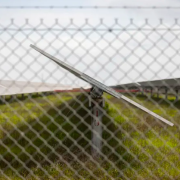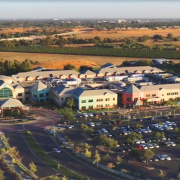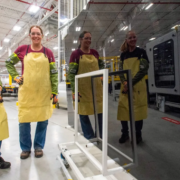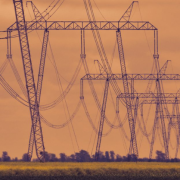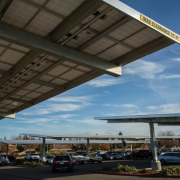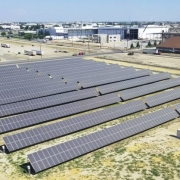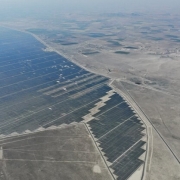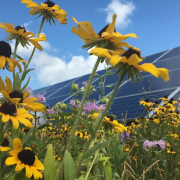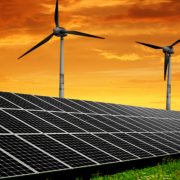While Texans drag through another punishing heat wave, people have nervously watched the state’s power grid, hoping it will hold up as the triple-digit days wear on. Under the blazing sun, the state has produced significant amounts of electricity from solar panels to help avoid shortfalls.
The heat pushed demand to a new record — topping 81,000 megawatts on Tuesday — but the state’s grid operator has only requested that residents lower their power use one day during the heat wave, when electricity from wind and power plants that use coal, nuclear or natural gas fell short of their past output.
Solar power provided nearly 20% of the Texas grid’s power needs on Tuesday before demand reached a new high.
Click here to read the full article
Source: The Texas Tribune
—
If you have any questions or thoughts about the topic, feel free to contact us here or leave a comment below.

